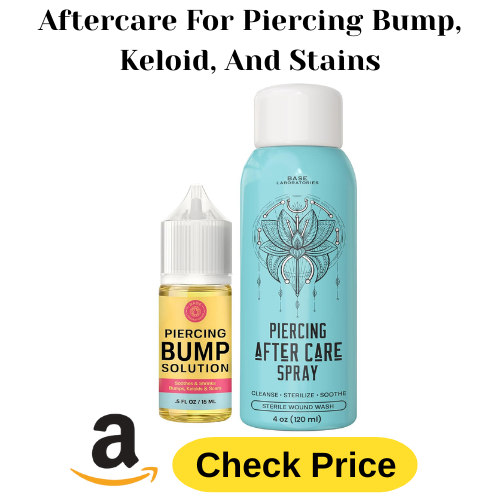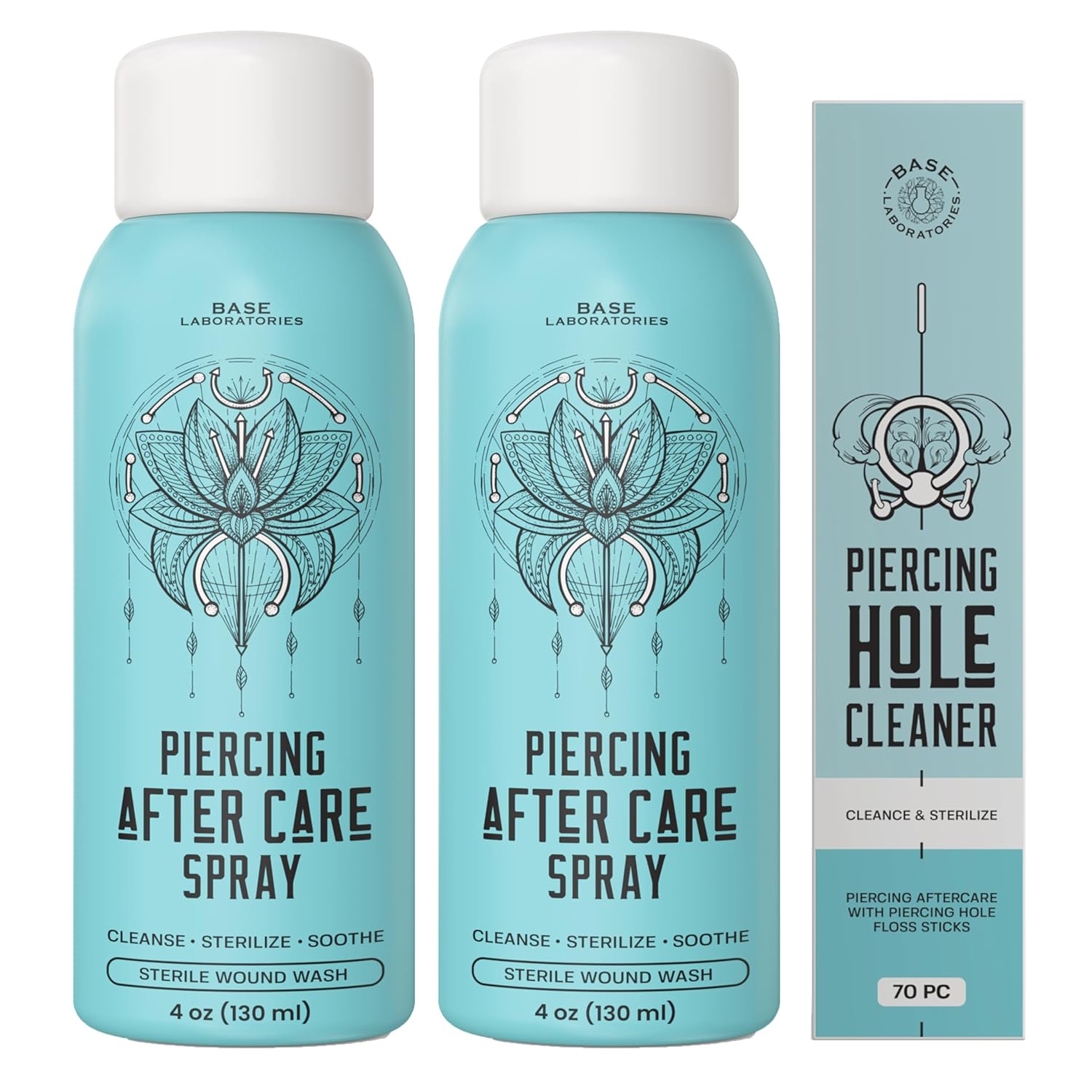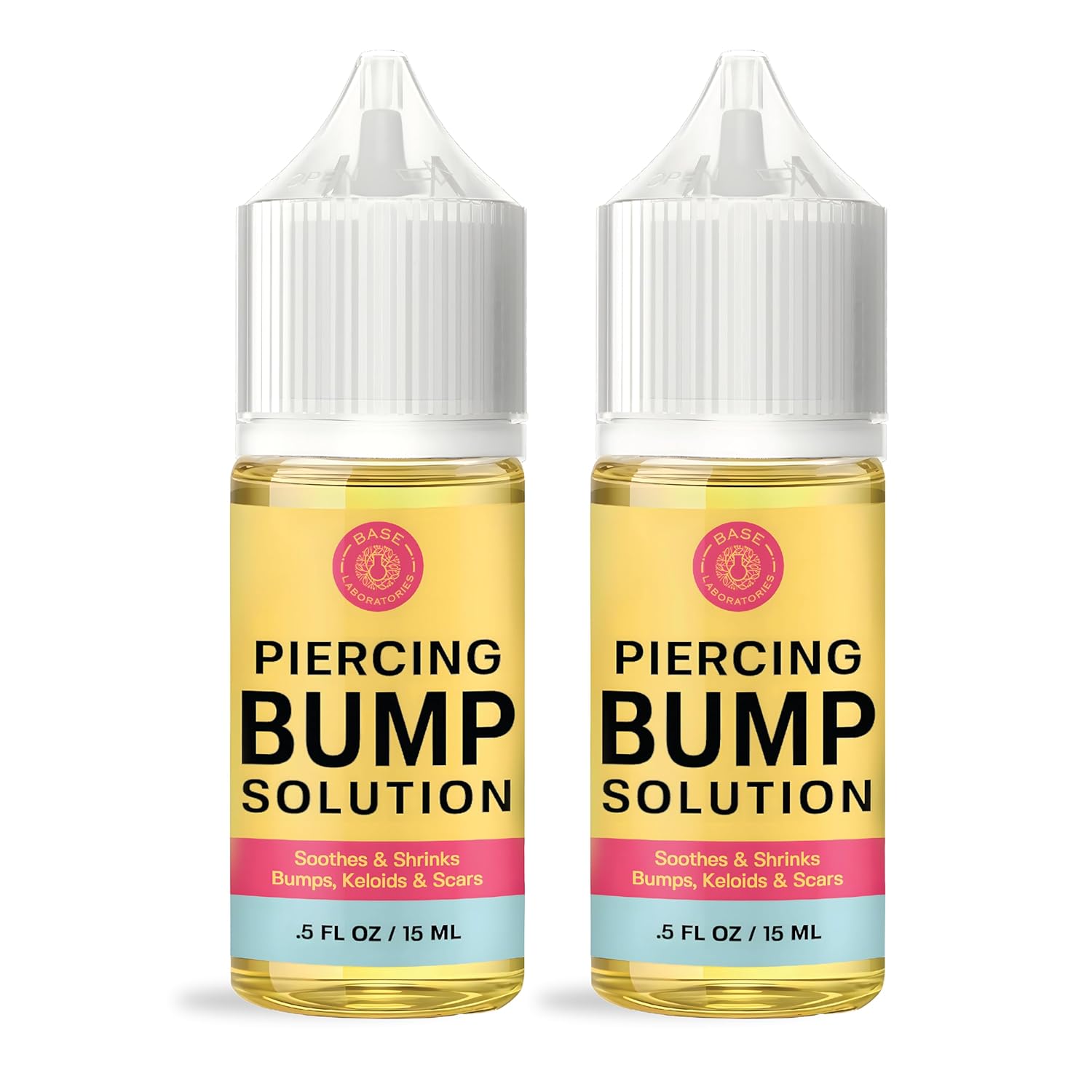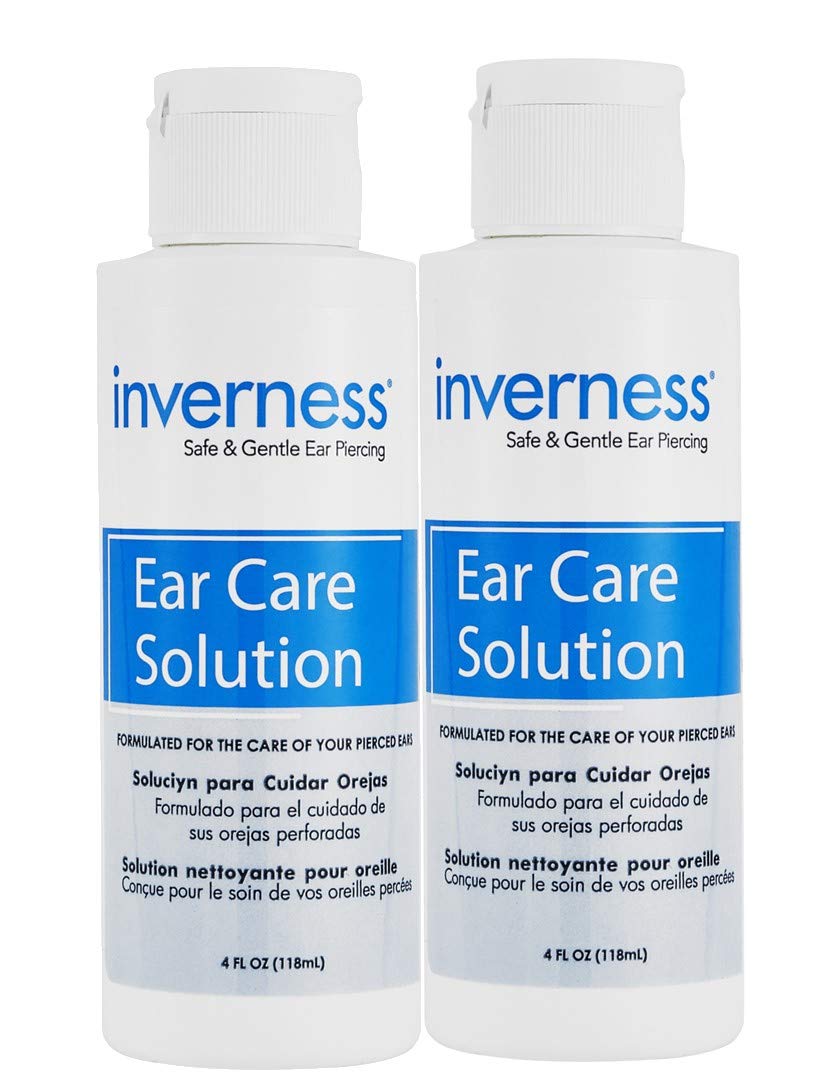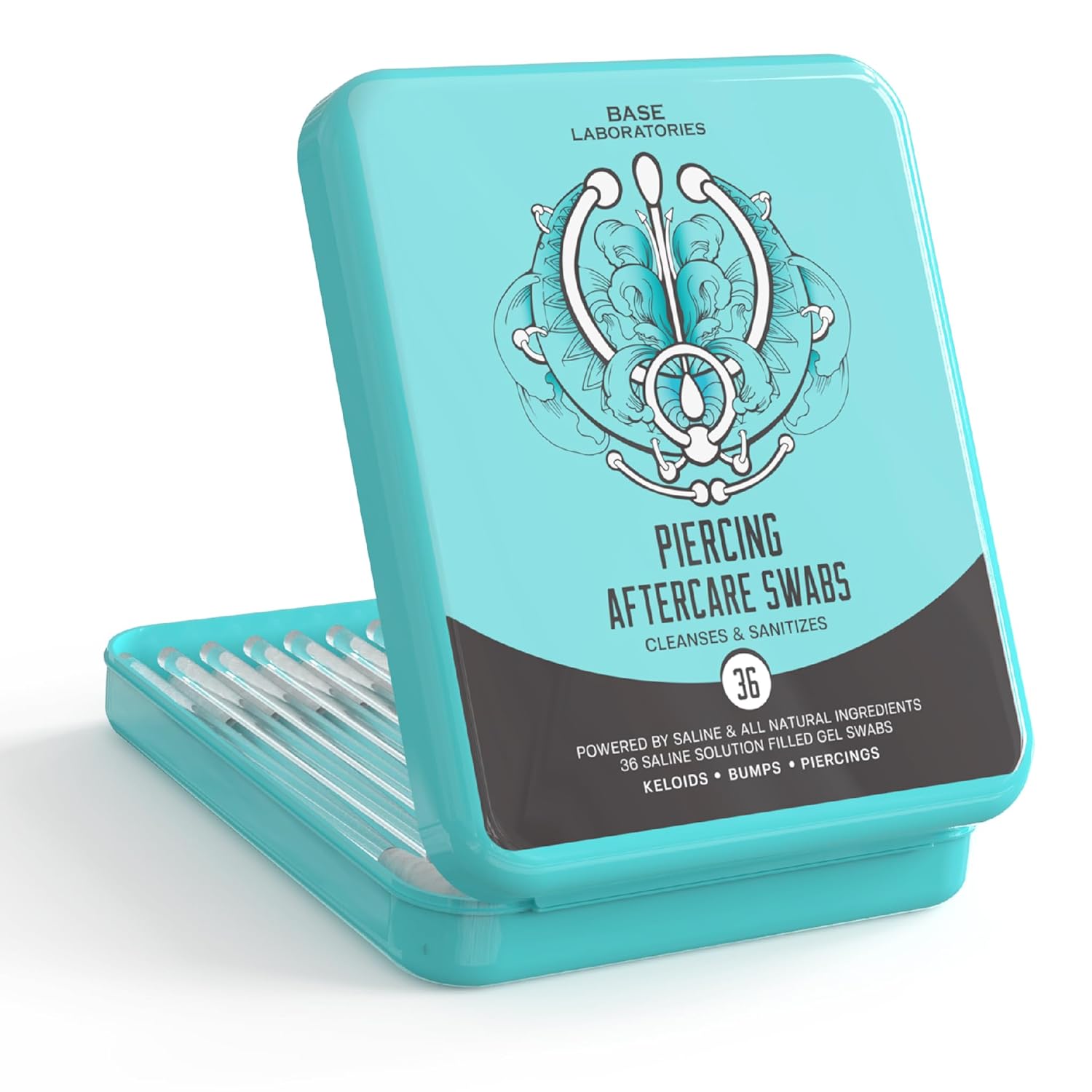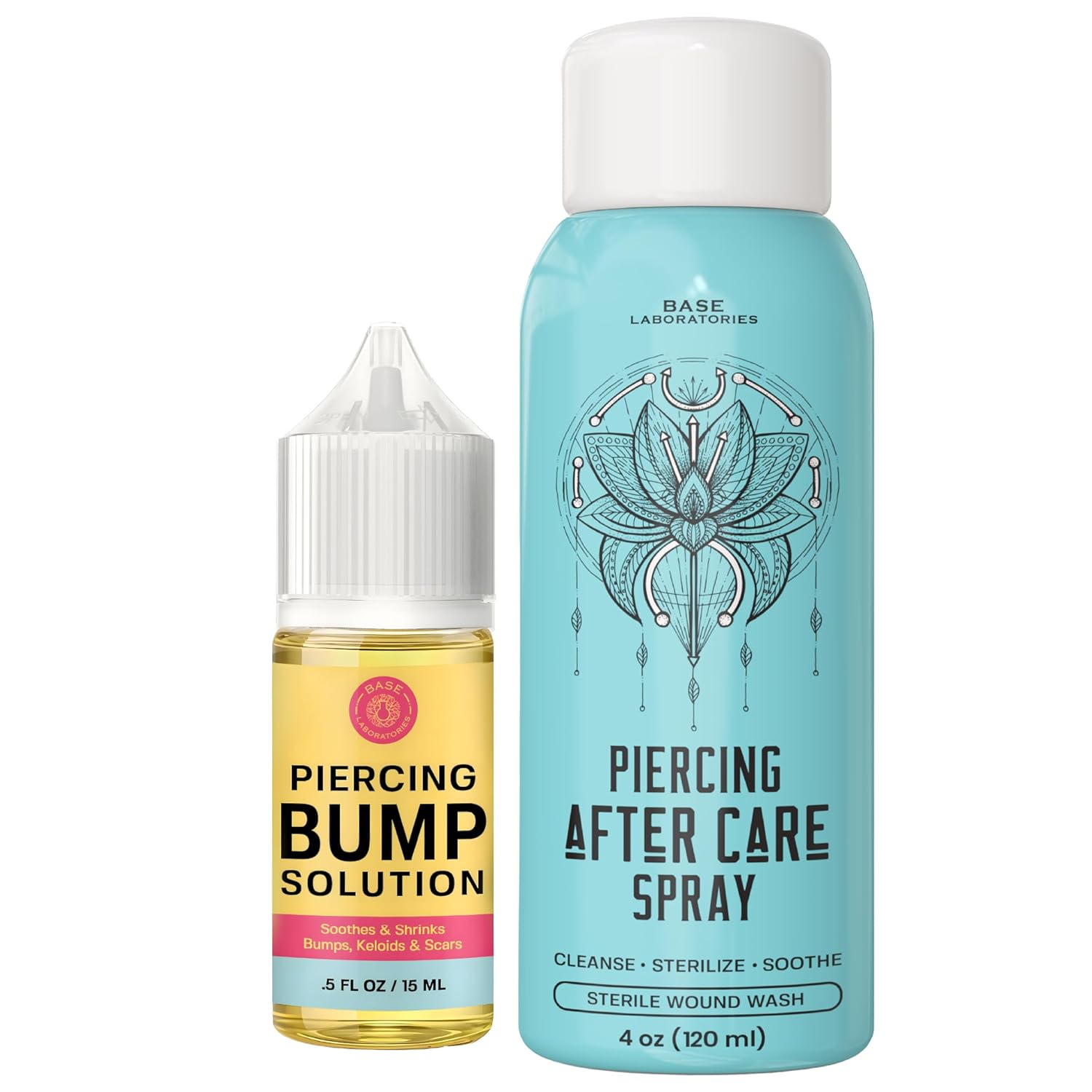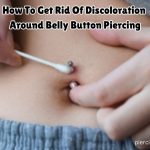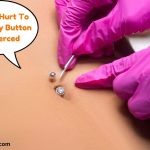Getting an eyebrow piercing can be an exciting and bold way to express yourself. Like any body modification, it comes with its own set of considerations, particularly regarding the healing process. Understanding how long it takes for an eyebrow piercing to heal, and what you can do to aid that process, is crucial for ensuring a smooth and trouble-free experience. In this article, we will delve into the timeline of eyebrow piercing healing, factors that influence it, and tips for proper aftercare.
Aftercare Items For Fast Healing Eyebrow Piercing
The Healing Timeline For A Eyebrow Piercing
An eyebrow piercing typically takes about 6 to 8 weeks to heal. However, this can vary based on several factors, including your body’s healing rate, the aftercare regimen you follow, and whether or not there are any complications such as infections. Let’s break down the healing timeline:
1. Initial Phase (First Few Days):
-
- During the first few days after getting your eyebrow pierced, you will experience some swelling, redness, and possibly minor bleeding. This is your body’s natural response to the trauma of piercing.
- It’s important to keep the area clean and avoid touching it with dirty hands to prevent infection.
2. Early Healing (First 2 Weeks):
-
- Swelling should start to decrease, and the redness will gradually subside. The initial tenderness will begin to lessen.
- Continue with a diligent aftercare routine, which includes cleaning the piercing with a saline solution or a mild antiseptic as recommended by your piercer.
3. Mid-Healing (Weeks 3 to 4):
-
- The outer part of the piercing will start to form a crust. This is normal and indicates that the healing process is progressing.
- Avoid picking at or removing these crusts, as they help protect the new tissue forming inside the piercing.
4. Late Healing (Weeks 5 to 6):
-
- Most of the visible signs of healing will be gone. The piercing will look and feel much better, but it is not yet fully healed.
- You might notice some itching or occasional minor discomfort, which is a sign of the tissue inside healing.
5. Final Healing (Weeks 7 to 8 and Beyond):
-
- By the end of 8 weeks, the majority of eyebrow piercings are healed. However, healing can sometimes take longer, up to 3 months, depending on individual factors.
- Even after it seems healed, it’s a good idea to keep up with gentle aftercare practices to ensure the piercing remains healthy.
Factors Influencing Healing Time
So you already knew that exact how long does a eyebrow piercing take to heal. But do you know there are several factors can influence how quickly and smoothly your eyebrow piercing heals. Here are some key aspects to consider:
- Individual Healing Rate:
- Everyone’s body heals at a different rate. Factors such as age, overall health, and even genetics play a role in how quickly your piercing heals.
- Piercing Technique:
- The skill and experience of your piercer matter. A professional piercer using sterile equipment and proper techniques will help ensure a clean piercing that heals more quickly.
- Aftercare:
- Following the aftercare instructions provided by your piercer is crucial. Regularly cleaning the piercing and avoiding irritants like makeup, harsh skincare products, and touching the piercing with dirty hands can prevent infections and speed up healing.
- Lifestyle Factors:
- Your lifestyle can impact healing. Factors such as diet, sleep, and stress levels can influence your body’s ability to heal efficiently.
- Smoking and alcohol consumption can slow down the healing process.
- Complications:
- Infections, allergic reactions to the jewelry material, and trauma to the piercing (like snagging on clothing) can all prolong the healing time.
Tips for Proper Aftercare Of Eyebrow Piercing
Proper aftercare is essential for a smooth and speedy healing process. Here are some tips to help you take care of your new eyebrow piercing:
- Clean Regularly:
- Clean your piercing twice a day using a saline solution. You can buy pre-made saline solutions or make one at home by dissolving 1/4 teaspoon of non-iodized sea salt in 8 ounces of warm distilled water.
- Use a cotton swab or a clean piece of gauze to gently clean around the piercing.
- Avoid Touching:
- Do not touch your piercing with dirty hands. Always wash your hands thoroughly before cleaning or touching the area.
- Be Gentle:
- Avoid unnecessary trauma to the piercing. Be careful when dressing and undressing, and avoid activities that might snag or bump the piercing.
- Watch for Signs of Infection:
- Keep an eye out for signs of infection, such as increased redness, swelling, pain, warmth around the piercing, or unusual discharge. If you suspect an infection, seek advice from your piercer or a healthcare professional.
- Avoid Makeup and Harsh Products:
- Refrain from applying makeup, lotions, or other skincare products directly on or around the piercing until it is fully healed.
- Sleep Carefully:
- Try to sleep on your back or the side opposite the piercing to avoid putting pressure on the new piercing.
When to Seek Help From Professionals For Eyebrow Piercing
While most eyebrow piercings heal without significant issues, it’s important to know when to seek help. If you experience any of the following symptoms, it’s best to consult with your piercer or a healthcare professional:
- Persistent pain or throbbing that doesn’t improve.
- Excessive swelling that doesn’t go down after the first few days.
- Thick, yellow, or green discharge, which could indicate infection.
- A red streak extending from the piercing site, which could be a sign of spreading infection.
- Fever or feeling generally unwell.
Frequently Asked Questions
Q: How long does it take for an eyebrow piercing to fully heal?
A: On average, an eyebrow piercing takes about 6 to 8 weeks to heal fully. However, this can vary based on individual healing rates, aftercare practices, and other factors. In some cases, it might take up to 3 months for complete healing.
Q: What can I do to speed up the healing process?
A: To help your eyebrow piercing heal faster, follow these tips:
- Clean the piercing twice a day with a saline solution.
- Avoid touching the piercing with dirty hands.
- Stay away from makeup and harsh skincare products around the piercing.
- Be gentle and avoid snagging or bumping the piercing.
- Maintain a healthy lifestyle with a balanced diet, adequate sleep, and low stress levels.
Q: Is it normal for my eyebrow piercing to swell and be red?
A: Yes, some swelling and redness are normal during the initial days after getting an eyebrow piercing. This is your body’s natural response to the piercing. The swelling and redness should gradually subside within the first couple of weeks.
Q: What should I do if my eyebrow piercing gets infected?
A: If you suspect your eyebrow piercing is infected, look for symptoms like increased redness, excessive swelling, pain, warmth around the area, and unusual discharge. If you notice these signs, consult your piercer or a healthcare professional for advice. They may recommend cleaning the area more frequently or, in some cases, taking antibiotics.
Q: Can I change my eyebrow piercing jewelry before it’s fully healed?
A: It’s best to wait until your piercing is fully healed before changing the jewelry. Changing it too soon can disrupt the healing process and increase the risk of infection or irritation. If you need to change it earlier for any reason, consult your piercer first.
Q: What kind of jewelry is best for a new eyebrow piercing?
A: For a new eyebrow piercing, it’s recommended to use high-quality, hypoallergenic jewelry made from materials like surgical stainless steel, titanium, or niobium. Avoid using jewelry made from nickel or low-quality metals, as these can cause allergic reactions or infections.
Q: How do I clean my eyebrow piercing properly?
A: Clean your eyebrow piercing twice a day using a saline solution. You can make a saline solution at home by dissolving 1/4 teaspoon of non-iodized sea salt in 8 ounces of warm distilled water. Use a cotton swab or a clean piece of gauze to gently clean around the piercing, removing any crusts or debris.
Q: Can I swim with a new eyebrow piercing?
A: It’s best to avoid swimming in pools, hot tubs, lakes, and oceans until your piercing is fully healed. Water in these places can contain bacteria that increase the risk of infection. If you must swim, make sure to clean your piercing thoroughly afterward.
Q: Why is my eyebrow piercing itchy?
A: Itching is a common part of the healing process. It indicates that your skin is repairing itself. However, avoid scratching or touching the piercing, as this can introduce bacteria and cause irritation or infection.
Q: What should I do if my eyebrow piercing gets caught on something?
A: If your eyebrow piercing gets caught on clothing or other objects, try to free it gently to avoid tearing the skin. Afterward, clean the piercing with a saline solution to prevent infection. If the piercing looks damaged or is extremely painful, consult your piercer.
Q: Can I wear makeup near my eyebrow piercing?
A: It’s best to avoid applying makeup directly on or around your eyebrow piercing until it is fully healed. Makeup can introduce bacteria to the area and cause infections or irritation. Once healed, be cautious and clean the area thoroughly if makeup comes into contact with the piercing.
Q: How can I tell if my eyebrow piercing is healing properly?
A: A properly healing eyebrow piercing will show signs of gradual improvement. Swelling and redness should decrease within the first couple of weeks. The area may form crusts, which is a normal part of healing. Any discomfort should lessen over time. If you experience prolonged pain, excessive swelling, or unusual discharge, consult your piercer or a healthcare professional.
Final Words
An eyebrow piercing can be a fun and stylish way to express your individuality, but it’s essential to be prepared for the healing process. On average, you can expect your eyebrow piercing to take about 6 to 8 weeks to heal fully, though individual experiences may vary. By following proper aftercare practices and being mindful of factors that influence healing, you can ensure that your piercing heals smoothly and without complications. Remember, patience and good hygiene are key to a healthy and successful piercing experience.

